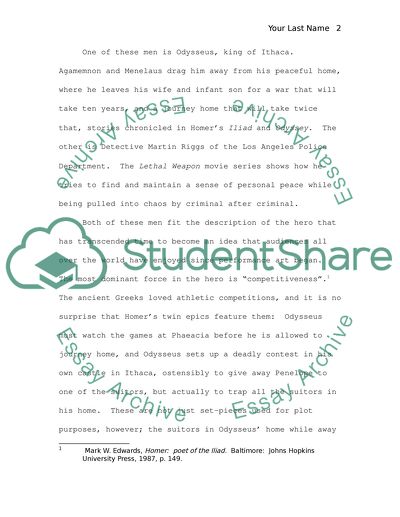Cite this document
(“The Treatment of Heroes in Ancient Poetry and Modern Film Essay”, n.d.)
Retrieved from https://studentshare.org/miscellaneous/1502362-the-treatment-of-heroes-in-ancient-poetry-and-modern-film
Retrieved from https://studentshare.org/miscellaneous/1502362-the-treatment-of-heroes-in-ancient-poetry-and-modern-film
(The Treatment of Heroes in Ancient Poetry and Modern Film Essay)
https://studentshare.org/miscellaneous/1502362-the-treatment-of-heroes-in-ancient-poetry-and-modern-film.
https://studentshare.org/miscellaneous/1502362-the-treatment-of-heroes-in-ancient-poetry-and-modern-film.
“The Treatment of Heroes in Ancient Poetry and Modern Film Essay”, n.d. https://studentshare.org/miscellaneous/1502362-the-treatment-of-heroes-in-ancient-poetry-and-modern-film.


